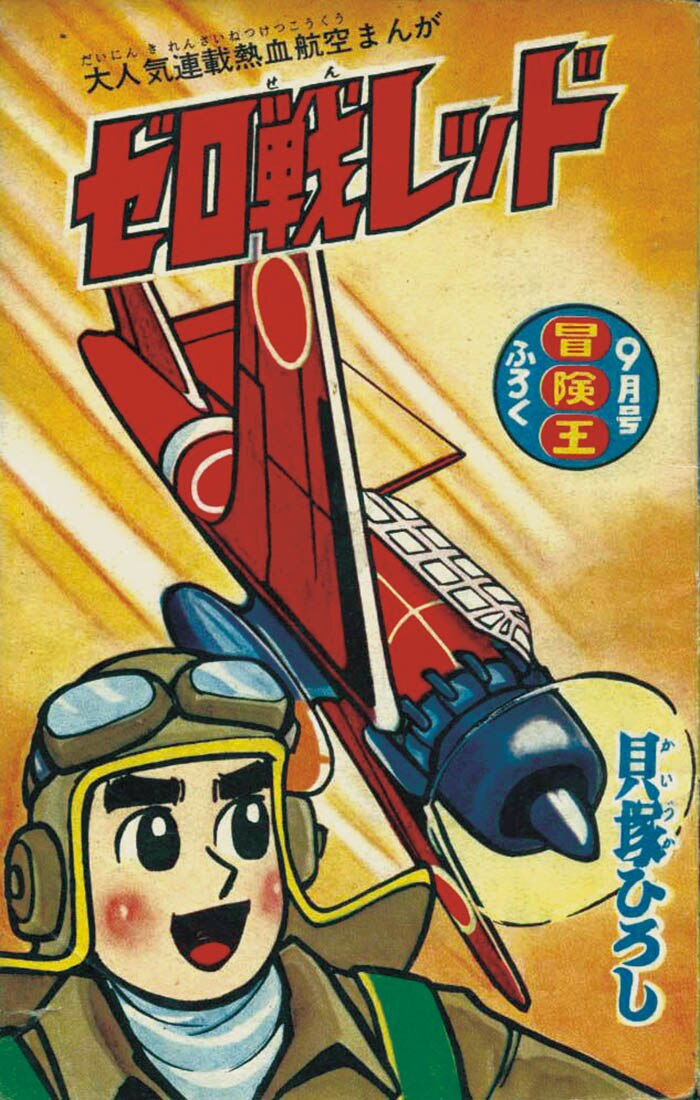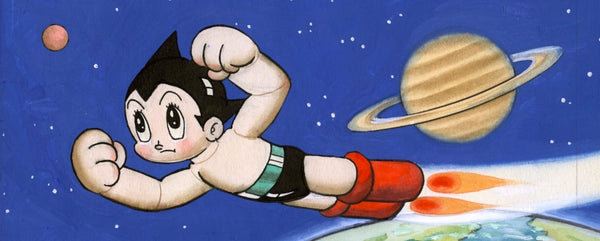Hiroshi Kaizuka
Biography | Hiroshi Kaizuka
Biography | Hiroshi Kaizuka
Couldn't load pickup availability
Hiroshi Kaizuka (1938–2023) was a Japanese manga artist active from the late 1950s to the early 2000s, known for his energetic storytelling and for shaping the early form of shōnen manga.
Kaizuka was already drawing manga with classmates during middle and high school and after graduation, he tried a regular office job but quit after only six months, deciding that drawing manga was what he truly wanted to do.
He made his professional debut in 1957 with “The Beggar and the Lord”, a kashihon manga published by Tokyo Kotobuki Shobō.
A year later came his major breakthrough: Kurikuri Pitcher, serialized in Omoshiro Book (Shūeisha). This lively baseball manga, packed with eccentric rivals and impossible pitches, became a huge hit and helped shape the template for the modern sports manga.
It ran for more than six years and filled nearly twenty volumes, an impressive accomplishment for the time.
During the 1960s, Kaizuka became one of the most recognizable names in sports manga, refining his mix of determination, rivalry, and humor that defined his style.
When Weekly Shōnen Jump launched in 1968, Kaizuka was invited to join its debut lineup of artists. He contributed Chichi no Tamashii (“Father’s Soul”) to the magazine’s first issue, but the pace of weekly serialization proved overwhelming, forcing him to take a short break. His slot was temporarily filled by newcomer Hiroshi Motomiya, whose Otoko Ippiki Gaki Daishō (“The leader of the pack”) soon became one of Jump’s early flagship series.
Kaizuka’s best-known work beyond baseball is Zero Fighter Red, an intense war story serialized mainly in Bōken Ō (Adventure King) in the early 1960s. It followed a squadron of Japanese pilots who, thought to be dead after a suicide mission, continue their fight from a hidden jungle base. Blending action and melancholy, it stood out as one of the most memorable military manga of its time.
From 1972 to 1975, Kaizuka illustrated Jūdō Sanka (“Hymn to Judo”) for Weekly Shōnen Sunday, written by Ikki Kajiwara. The series ran for sixteen volumes and was adapted into a television anime in 1974. During the 1980's –1990s, Kaizuka turned toward educational and historical manga, including a ten-volume series on history and a biography of Kasuga no Tsubone , the influential Edo-period noblewoman and advisor to shōgun Tokugawa Iemitsu, both published by Shūeisha.
Kaizuka also fostered a strong creative community.
Through his Mangamania magazine, he collaborated with artists such as Jirō Tsunoda, Yasumi Yoshizawa, and Toshio Shōji, several of whom had started their career as his assistants.
He inspired a devoted fan base: readers founded the Miracle A Fan Club (ミラクルA友の会), named after one of his popular series, which even produced its own newsletter < a rare show of fan enthusiasm for the time. >
In 2020, the town of Onjuku hosted a major retrospective exhibition of his work, one of the earliest and most significant manga exhibitions ever organized in Japan. The show displayed several hundred original pages, celebrating Kaizuka’s long career at a time when large-scale manga retrospectives were still in their infancy.
Kaizuka continued to create and oversee reprints of his classic stories well into the 1990s and 2000s. He passed away in 2023, leaving behind a legacy that continues to inspire readers and fellow mangaka alike.
Share












